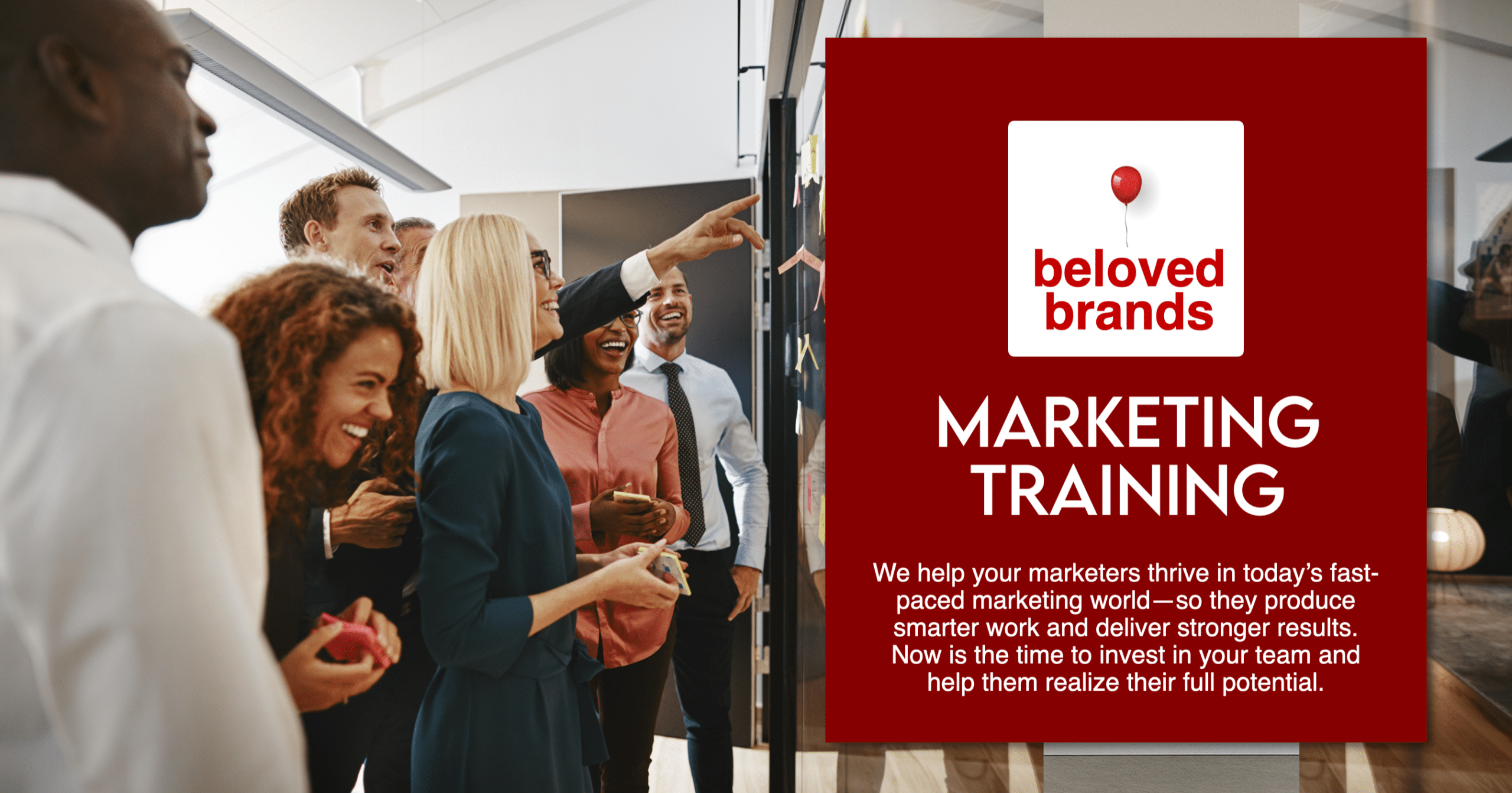We are seeing a new emerging independent customer type who loves to explore, learn, and browse on their own terms, with very little help from salespeople. These independent customers love to do the deep-dive research and legwork to get them to a point where they appear to know precisely what they want. They are always in control of the decision.
I want to introduce you to Independent Irene, a defiantly independent customer who is smart and self-confident in their abilities to gather enough information to make a purchase decision. They can show up in many forms, whether it is the Ph.D. buying medical products or the teenager buying mascara. They could be the audiophile geek buying the latest consumer electronics, the frequent world traveler booking the perfect beachfront hotel. Or, they could be the vegan, gluten-free, organic-loving, label-reading grocery shopper who believes they know more than you can offer.
You don’t want to lose them because they are already motivated to buy, even without your help.
To illustrate, click on the consumer behavior diagram above.
Consumer behavior
At their core, independent customers believe they know more than what any salesperson can offer them.
These independent customers love to shop on their own. Not only is it empowering to rely on their intelligence, but they love the “peace and serenity” of digging around on the internet or in a store without someone continually yapping in their ear.
It can be easy for brands to misread Independent Irene’s perceived unwillingness to engage. To the traditional salesperson, it might look like you have lost the sale. Your sales instincts will tempt you to engage them and be ready to handle any objection. Instead, leave them alone.
What if I told you these independent customers might end up being your best customers?
The more work the independent customers do, the more emotionally connected these customers become in their research outcome. They reward the brand that provides the most honest and accurate information to help them make their decision. After all the work they put into making their choice, they are less likely to be price shoppers who change their mind over minor price differences.
Independent consumers
If you knew these independent customers would reward the brand who left them alone, could you leave them alone?
To win over Independent Irene, instead of selling harder, sell less. Build a process to enable these independent customers to shop on their own. Feed them the right information they need, without selling. You have to know where they are in their purchase journey, what they are looking for at that stage, and what it will take to tempt them to move along their journey without knowing what you are doing. Give these independent customers the options at every stage to enable their sense of empowerment as the decision-maker.
To illustrate, click on the consumer behavior diagram above.
Start by setting up your brand based on how these independent customers want to shop your brand. Not just how you wish to sell.
We traditionally think of business types as B2C, B2B, services, retail, or DTC. We find our little niche along the value chain and own it. With this new independent customer, you should choose your business model based on how they want to buy you, not how you want to sell them.
A great case study is the Apple brand, which now uses seven different business models to sell to both consumers and businesses, sell both products and services, sell directly, through retailers, through their website or app, and their own retail stores. Apple stays flexible enough to morph itself to look different for how independent customers want to engage them.
With a customer-centric approach, purchasing Apple products is always simple. In their own retail stores, Apple uses a very passive sales approach, yet they have the highest sales per square foot of any retailer, twice that of Tiffany & Co., which is #2. Apple tells its retail sales teams that when the customer says, “No,” it lets them play longer. Apple has every product on display to allow customers to take them for a test drive and play with them for as long as they wish. The independent customer will make up their mind at their own pace.
To illustrate, click on the Apple store layout above.
Apple retail
As Apple sets up its retail stores, everything is about simplicity through the eyes of their customer.
Simplicity shines through the store layout to address the independent customers at any stage of their purchase journey. As customers are browsing, there are friendly and patient Apple salespeople ready and willing to answer any question, who are also trained not to use “geek speak.” Moving to the purchase, every staff member carries credit card machines, so there are no lines or cash registers. After the purchase, Apple has a training area to teach classes on how to get the most of their products. Even after customers get home, they can come back to the genius bar for one-on-one tech-related questions.
Beloved Brands playbook
Our Beloved Brands playbook goes in depth on everything you need to build a brand consumers will love. Learn to about strategic thinking, brand positioning, writing brand plans, advertising decisions, media planning, marketing analytics, and financials.

Our readers tell us they keep our Beloved Brands playbook close by for whenever they need to take on a new project. Clearly, we are thrilled that 89% of Amazon reviewers have given Beloved Brands a 5-star rating. Also, we wrote a B2B Brands playbook and a Healthcare Brands playbook.
Customer journey
Independent Irene’s customer journey is dramatically different
A traditional customer journey is relatively linear as it moves from awareness to consider through to purchase and repeat. In this traditional model, the best salespeople know the triggers that move the customer from one stage to the next.
To illustrate, click on the consumer journey above.
With Independent customers, we see a new-school customer journey that meanders from browsing then onto discover, learn, shop, explore, design, buy, and then deliver. They freely wander from their laptop to their desktop at work to their mobile, walking at lunch to in-store, and over to social media or YouTube.
The independent customers read expert product reviews, every white paper, and every brochure. They dig through customer reviews, filtering out irrelevant customer rants and focusing on comments about the very concerns they need closure. If they need any help from your brand’s frontline staff, they dart in, ask the question, and get back out just as fast. Independent Irene is always in control; no one else.
I love when brands think like their customers and build that thinking in how they show up
Customers loathe walking through a store, having to say, “No, I’m just looking” five times. Sephora cosmetics stores have recognized the needs of Independent Irene. Sephora’s success has come from their high-touch service experience, with staff all over the place. They recognize this new independent customer doesn’t want any help. Sephora has segmented its customers into those who want help and those who don’t. As customers enter the store, they can grab one of two baskets, a red basket if you want help and a black basket if you are an independent customer who wants to shop on your own.
To illustrate, click on the Sephora sign above.
B2B customers
Managing the B2B independent customers
I also see this customer type with B2B brands. Traditionally, B2B brands use personal selling to take the customer through their journey and close the deal. The B2B version of Independent Irene wants to do their own research that includes reviewing information on a brand’s website, reading white papers, and searching through peer reviews. With this independent customer, the best B2B brands recognize that if all you keep saying is “buy me now,” then your customers will eventually wonder why they should ever buy you. Brand-building starts by creating trust. Use content marketing to get the right information to customers at the right stage of the journey. When you give customers the freedom to decide on their own, there is much more likely to win the sale without ever looking like you are trying to win the sale.
To illustrate, click on the B2B customer journey diagram above.
Alibaba’s Hema grocery stores in China offers independent customers full flexibility to shop their stores however they want
Hema supermarkets are Alibaba’s push for “new retail” that blends the online and offline experiences to put the independent customer front and center. They set themselves up to enable customers to engage in how they want to engage at every stage. Hema stores can morph themselves to meet any combination of customer needs. Hema can look like a grocery store, e-commerce site, self-serve restaurant, or warehouse.
The independent customers can browse, learn, and shop how they want, whether online or going into the store. Every item in the store has QR codes you can scan with your phone to get full information. Read the ingredients, see where and how the product is made. And, read the organic certificate. Or, know the date it was shipped to the store.
At the explore and custom design stage, customers can pick out the live lobster and design a meal around it, then hand it off to chefs in the store to have it cooked. As these independent customers move to the purchase and deliver stage, they can decide whether to take it home, have it delivered within 30 minutes, or eat in the store’s restaurant section.
At the payment stage, there are no cash or credit cards. Everything goes through Alipay, the payment app used by over 500 million people in China.
Have a look at this video on Hema stores
Customer centric
Lessons for how brands can win over these new independent customers
- Design your business model with the flexibility that lines up with how your customers want to shop. Not how you want to sell.
- Go through the customer journey, seeing everything through the eyes of your customers, as you map out process options at each stage to enable the independent customer to move through their journey on their own.
- Create a customer-centric purchase process that is free-flowing to the needs of how the independent customer wishes to engage. Set this up for both online or in person. Be flexible to the degree of interaction the customers require at every stage.















